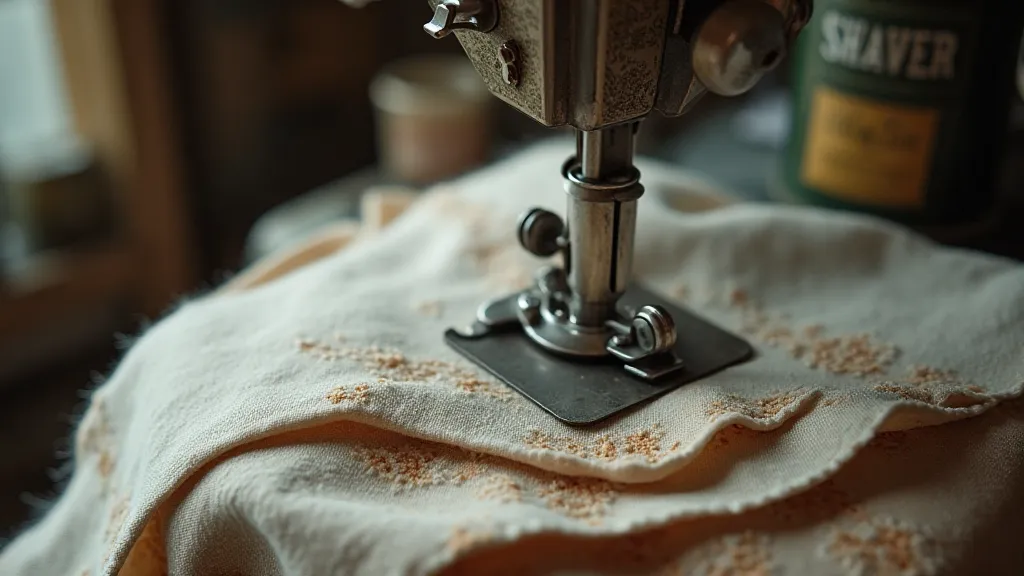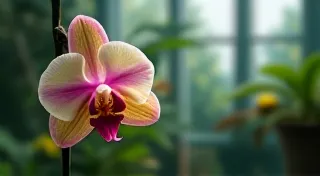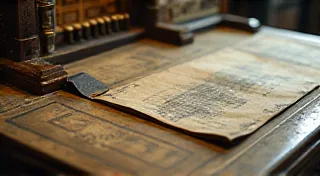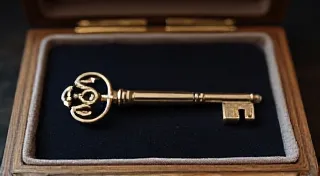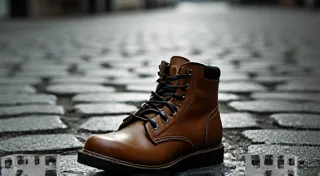The Ghostly Footprints of Industry: Tracing Labor Through Vintage Sewing Machine Attachments
There’s a certain melancholy that settles over you when you hold a truly old sewing machine foot. Not sadness, exactly, but a quiet reverence. It's a feeling born from holding something that once facilitated countless hours of labor, a tiny, often overlooked tool intimately connected to the lives of generations of seamstresses – women who labored in factories and homes, stitching together not just fabric, but entire economies and a rapidly changing social landscape.
We often romanticize the past, particularly when it comes to crafts and domesticity. But the reality behind that vision of a comfortable home seamstress is more complex. Examining these antique sewing machine feet – these "ghostly footprints of industry" – offers a poignant glimpse into the industrial revolution's impact on women’s work and the evolution of the fashion landscape. They weren't just tools; they were extensions of hands, integral to a system that demanded efficiency, quantity, and often, grueling hours.
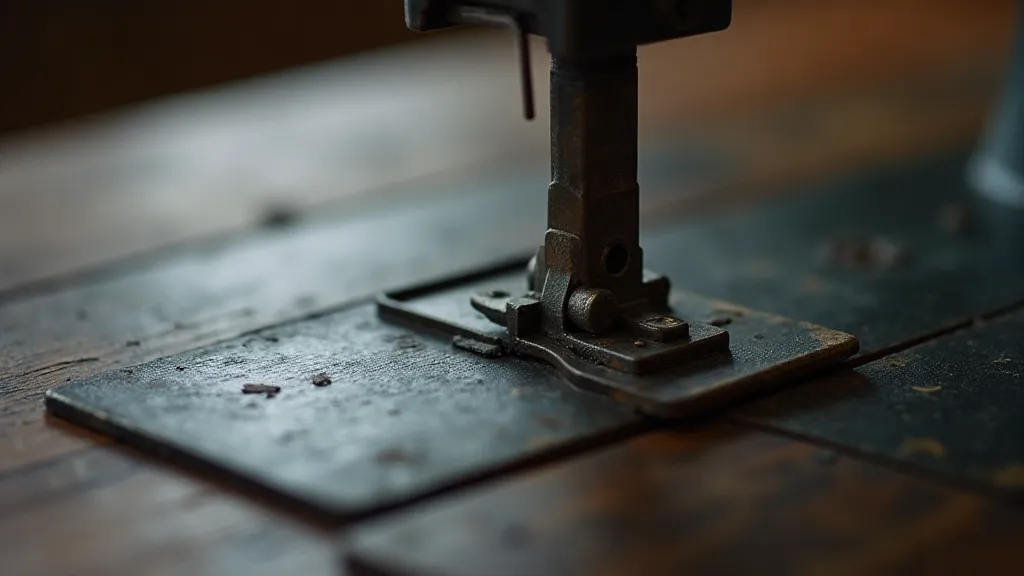
The Rise of Mass Production and the Seamstress’s Place
Before the mid-19th century, clothing was largely handmade, a laborious process often passed down through families. The invention of the sewing machine, particularly Elias Howe’s groundbreaking design in 1846 and Isaac Singer’s subsequent improvements and marketing acumen, dramatically altered this reality. Suddenly, clothing could be produced at a speed previously unimaginable. This shift wasn’t just about technological advancement; it fundamentally reshaped the labor market.
Factories sprang up, hungry for labor. And women, often relegated to limited economic opportunities, became the backbone of the garment industry. The sewing machine wasn’t simply a tool for creation; it became a symbol of their precarious place in the burgeoning capitalist system. These sewing machine feet – the simple presser feet, the zigzag feet (later developments), the buttonhole feet – each played a role in the relentless churn of production. Imagine rows upon rows of women, hunched over machines, the rhythmic clatter a constant soundtrack to their working lives. Their hands, guided by these tiny metal attachments, shaped the clothes worn by people across the world.
Decoding the Feet: Materials, Markings, and Makers
Identifying antique sewing machine feet isn't merely a matter of cataloging objects; it's a form of historical detective work. Early feet were primarily made of pressed steel or iron, materials that could withstand the rigors of constant use. Later, as manufacturing processes improved, you'd find examples in brass or even nickel-plated steel. The weight and feel of a foot can often provide clues to its age and material.
Markings, or the lack thereof, are key. Early feet were often unmarked, simply functional pieces created and used within factories. As branding became more prevalent, you might find subtle maker’s marks – a stamped initial, a small logo, or a name – often difficult to decipher. The fonts used in these markings offer another layer of dating. A thick, Victorian-era font will look quite different from a streamlined Art Deco style.
Consider the evolution of foot designs themselves. Early straight stitch presser feet were incredibly basic. The development of specialized feet – the gathering foot, the ruffler, the blind hem foot – reflected the increasing complexity of garment construction and the demands of fashion trends. Examining these changes can illuminate the evolution of both sewing techniques and the types of clothing being produced.
A Personal Connection: The Foot My Grandmother Used
My grandmother, Elsie, worked in a factory during the 1930s and 40s. She rarely spoke of her experiences, but I remember her sewing box – a treasure trove of vintage sewing supplies. Among them were several unassuming sewing machine feet, tarnished and worn, yet imbued with a quiet dignity. I didn't understand their significance then, but now, holding them, I feel a profound connection to her and to the countless women like her.
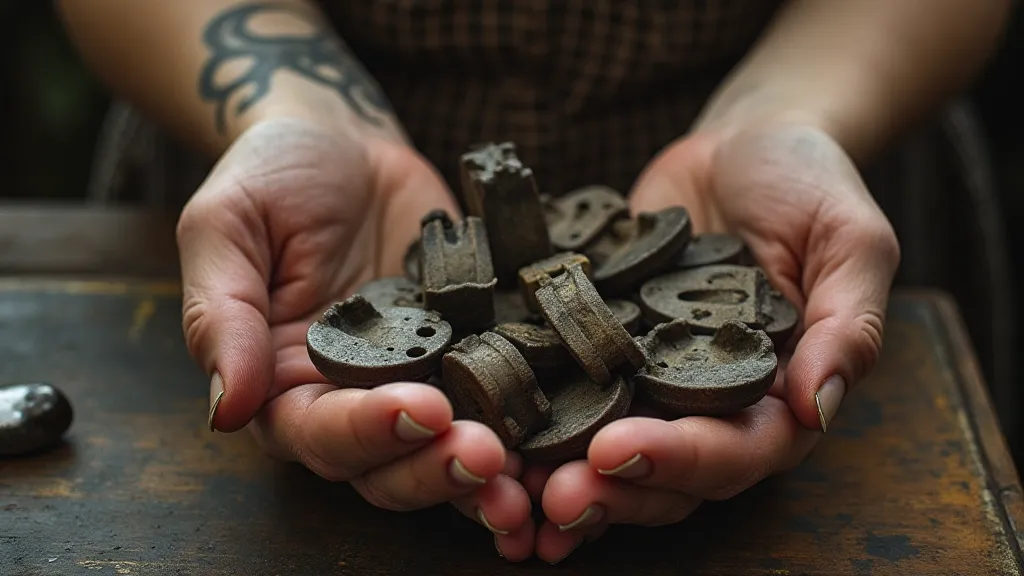
One foot, a simple straight stitch presser foot, always struck me as particularly poignant. It was heavily worn, its edges smoothed by years of constant pressure. I imagined her using it day after day, stitching together dresses and blouses for faceless consumers. It wasn’t a glamorous life, but it was a life of purpose, a life contributing to a larger economic engine.
Collecting, Restoring, and Preserving History
Collecting antique sewing machine feet can be a rewarding pursuit. It's a chance to connect with history, to appreciate the craftsmanship of a bygone era, and to preserve tangible links to the lives of countless women. However, it's crucial to approach collecting with respect and awareness of the social context surrounding these objects.
Restoring antique feet requires careful consideration. Aggressive cleaning or polishing can damage the patina – the character and history embedded in the metal. Gentle cleaning with appropriate solvents is often the best approach. Preservation, rather than restoration, is often the guiding principle.
More than just collecting individual pieces, consider the story they tell. Group them by manufacturer, by design, or by the types of garments they were likely used to create. Imagine the factories where they were used, the lives of the seamstresses who operated them, and the impact of their labor on the world.
The Enduring Legacy of the Seamstress's Hand
As we look at these tiny, unassuming sewing machine feet, let’s remember the women who wielded them, the lives they led, and the significant contribution they made to the fabric of our society. They are more than just tools; they are echoes of a time when labor was often unseen and unacknowledged. They are tangible reminders of the enduring legacy of the seamstress’s hand, a hand that shaped the clothes we wear and the world we inhabit. And by understanding their story, we gain a deeper appreciation for the history woven into every stitch.
